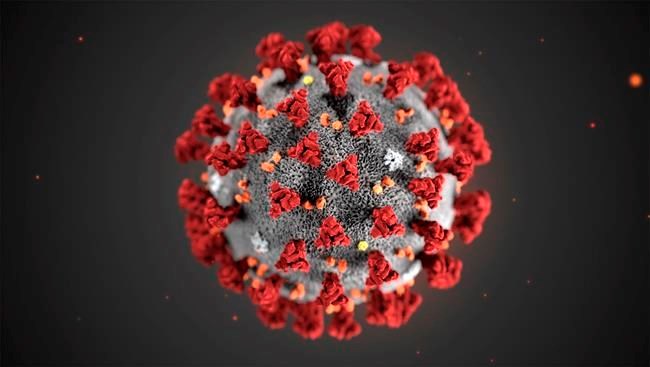As researchers scramble to create a vaccine for COVID-19, it appears a public-health failure may have come to light.
There is a potential treatment for viral diseases like COVID-19. It’s called convalescent therapy.
Basically, the therapy consists of taking blood plasma from donors who have recovered from a given virus and injecting a sample in patients who are struggling. (Plasma is the blood component that carries antibodies. It makes up about 55 per cent of total blood volume.)
The idea is that patients who have survived the disease will have developed antibodies to combat it. If injected into sick patients, these antibodies help the patient fight back.
An early version of this therapy originated in the late 19th century, when it was used during the pre-antibiotic era to deal with both bacterial and viral infections. It has been resuscitated several times since then, most recently to combat the Ebola virus outbreak in West Africa.
It has also been tried, experimentally, to deal with H1N1 flu, Middle East Respiratory Syndrome (MERS), seasonal flu and chickenpox.
But here is the failure. No adequate clinical trials have been conducted to follow up these experiments.
After each outbreak was over, the therapy was simply shelved. And this, despite repeat warnings by infectious disease experts over the last decade that conditions were ripe for another pandemic.
Numerous points of uncertainty need answering. Most fundamentally, how well does this therapy actually work? One difficulty here is that recovery rates will be affected by the underlying health of the patient, and by the quality of care available in a given country.
Again, which patients would make suitable donors, and which patients should be eligible for the treatment? What is the appropriate dose?
The best way to answer these, and other, questions is to carry out a series of randomized, controlled clinical trials. These are trials in which half the patients are given the real therapy, and half are given a placebo.
Neither the patients nor the caregivers who administer the treatment know which is which. The idea is to prevent pre-conceived beliefs among researchers creeping in.
Now this is the standard methodology for testing new drugs. It’s been in use for decades.
So why have no such trials been conducted for convalescent therapy in years gone by? When you ask this question, here is the kind of thing you meet. From the Journal of the American Medical Association, “Five patients critically ill with COVID-19 (in China) demonstrated improvement ... after receiving convalescent plasma.”
Five.
And from USA Today, “In New York and Houston, pints of straw-coloured convalescent plasma have dripped into the veins of five U.S. coronavirus patients.”
Five.
This despite the fact that there are more than 16,000 confirmed cases of COVID to date in Canada, and around 360,000 in the U.S.
The response of our public-health leaders has been to shutter businesses, order people to self-quarantine, and impose wartime conditions.
And we’re now being told these business closures and lifestyle restrictions may have to remain in place until a vaccine is produced.
By all means, find a vaccine.
However what if there is a cure, or at any rate a treatment, that reduces the severity of symptoms?
Fortunately the Canadian Blood Services is organizing a clinical trial, though it will take several months to complete. Better late than never, you might say, but this is work that should have been done years ago.
The coronavirus outbreak is merely the most recent in a series of pandemics that have struck every 10 to 50 years.
It’s a troubling thought that deaths may occur because the research community has failed, until now, to investigate adequately a therapy that could have been effective all along.
- - -
To comment on this article, send a letter to the editor.
• Email: letters@timescolonist.com
• Mail: Letters to the editor, Times Colonist, 2621 Douglas St., Victoria, B.C. V8T 4M2.
Letters should be no longer than 250 words and may be edited for length, legality or clarity. Include your full name, address and telephone number. Avoid sending your letter as an email attachment.



